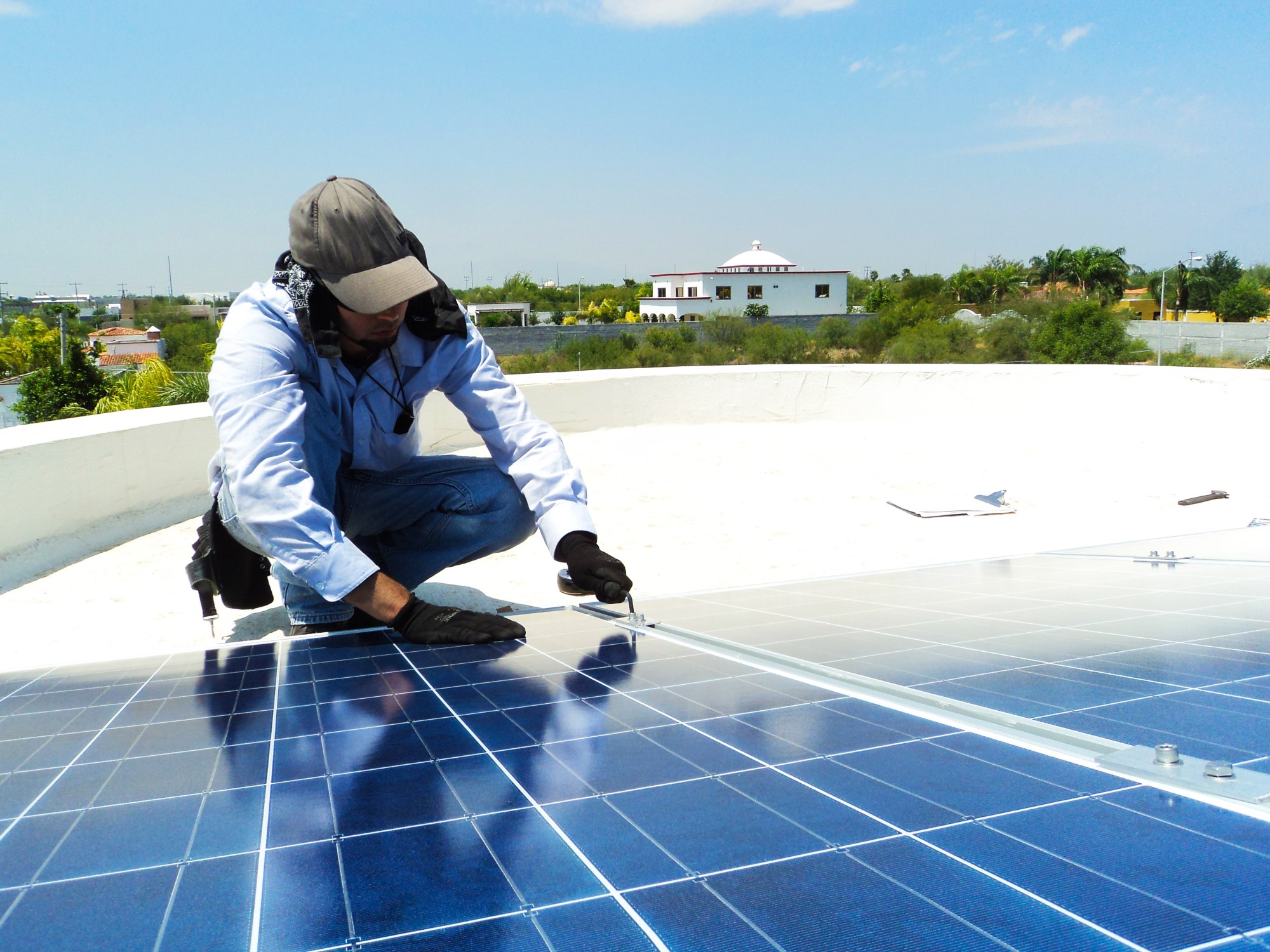
A Guide to the Different Types of Solar Panels
Did you know that 3% of the world’s electricity is generated by solar panels?
There has been a surge in the number of people who are switching to solar energy. The idea of having an independent energy supply is certainly easier when you switch to solar energy.
Solar energy is no longer an expensive energy source for environmentalists. Now, solar energy makes financial sense for many people.
The first step in switching to solar energy is knowing the different types of solar panels. Below, we have a brief guide on the different types and what you need to know about them.
Monocrystalline Solar Panels
The most common solar panel technology is monocrystalline solar panels. These panels are made from a single crystal structure. They are efficient in terms of energy output, with higher efficiency ratings than other similar types of panels.
Monocrystalline solar panels have a cleaner and more stylish look due to their dark, uniform coloration. They are efficient in small spaces compared to other types of panels.
They are also more tolerant to higher temperatures than other types. This makes them a great choice for areas with warmer climates.
Polycrystalline Solar Panels
This type of panel consists of many smaller crystals of silicon. They have been cut from a bulk silicon block and arranged into interconnected cells. Due to their makeup, they are the most efficient and widely used type of solar panel.
This type of panel produces more energy from the same level of sunlight when compared to the other types, including monocrystalline and thin film. They are also the most cost-effective in the short term, making them a wise choice for those looking to reduce their energy costs.
The major benefit of these panels is that they allow for more consistent power output in varying temperatures and climates. The performance at high temperatures is more reliable, and the materials are more resistant to damage. They are also often seen as the most aesthetically pleasing choice for the panels due to their distinctive blue diamond pattern.
Polycrystalline solar panels are an excellent choice for residential solar systems. This is due to their higher efficiency and more reliable temperature performance. While these panels do have their advantages, they do take up more space than other types.
Thin Film Solar Panels
Thin-film solar panels are a relatively newer type of solar panel technology. They’re made up of a thin semiconductor layer, which typically is either amorphous silicon, gallium arsenide, or cadmium telluride.
They are typically less efficient than conventional crystalline silicon solar panels. But they are much less expensive in comparison.
Additionally, they are more flexible and can be produced on lightweight, flexible materials such as plastic or metal. This makes them ideal for small, rooftop-mounted arrays. The longevity of these panels, however, is significantly less than that of crystalline silicon panels. Expert solar panel installers can review all these options with you to ensure you get the best option for your particular situation.
Knowing the Types of Solar Panels
Solar panels are an investment in renewable energy that can be tailored to virtually any need or budget. Focusing on your needs and understanding the difference between the types of solar panels available will help you find the perfect solution.
With the right choice, you can make a positive impact on the environment and save money over time. Get started now to see the benefits of solar power for yourself.
Found this article useful? Keep browsing around for more home and garden guides.
